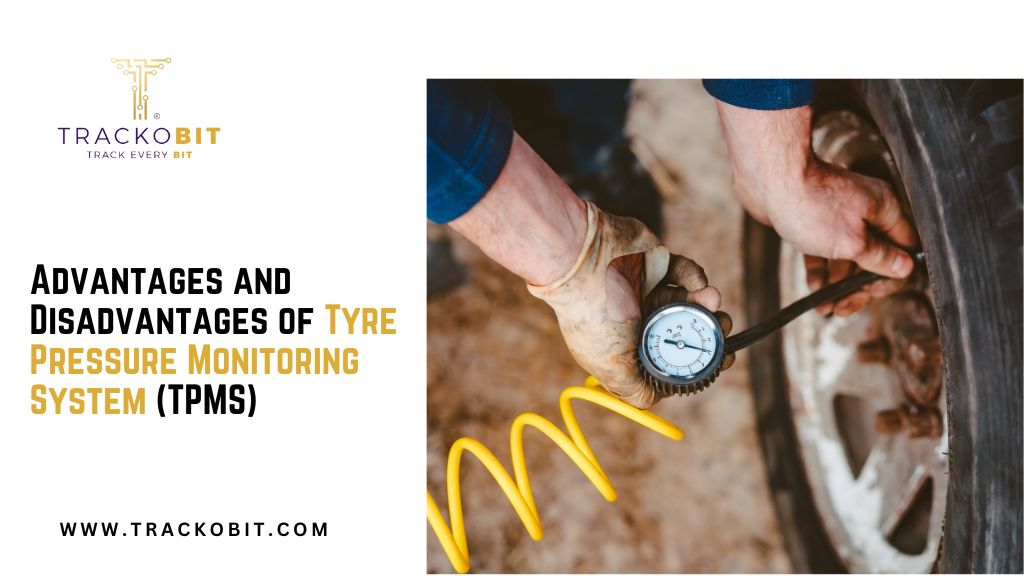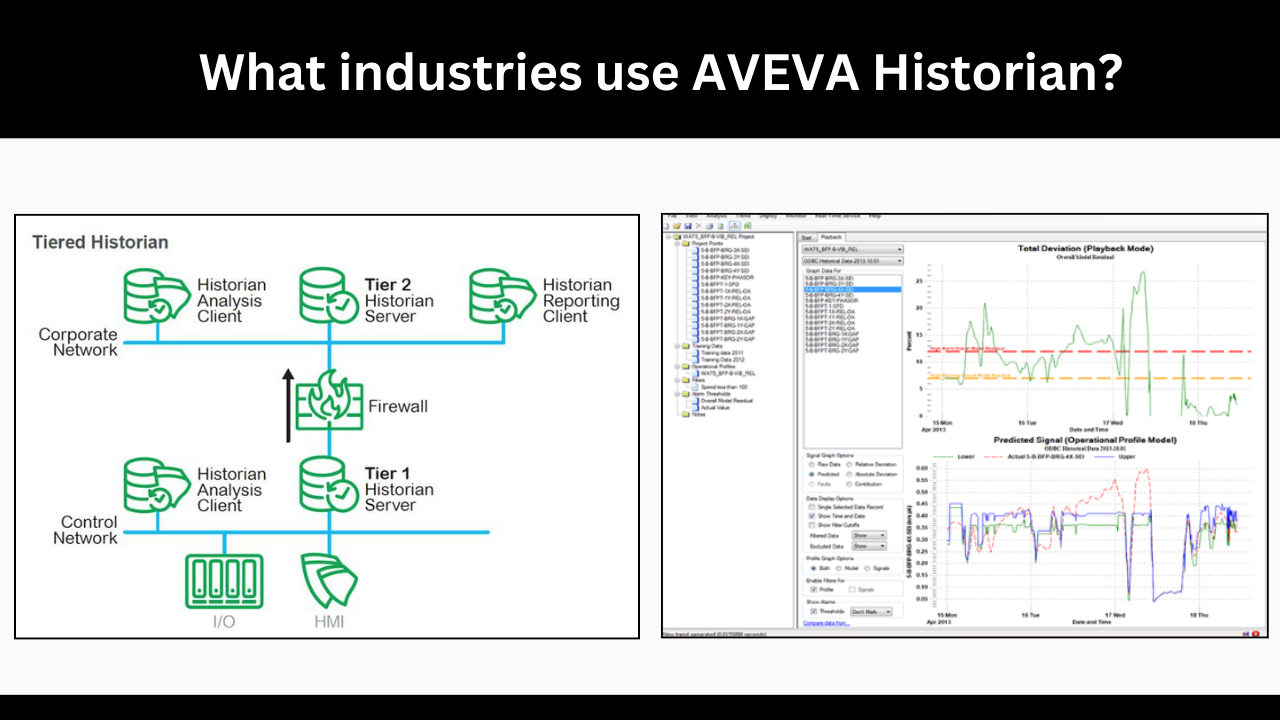We all know what vehicle maintenance is all about, right? But have you ever wondered what makes us aware of this fact? Well, it is because vehicle maintenance is ‘crucial’ for businesses engaged with vehicles. And one vital aspect of vehicle maintenance is ensuring that tyres are properly inflated. This is where a Tyre Pressure Monitoring System (TPMS) comes in. TPMS basically helps maintain optimal tyre pressure.
Wait, as a business leader, do you wish to know more about it? If so, keep reading this article.
What is a Tyre Pressure Monitoring System (TPMS)?
A Tyre Pressure Monitoring Software is a technology that monitors the air pressure inside pneumatic tyres.
Well, that’s the definition, in layman’s terms. To help you understand better, the software provides real-time pressure information to the driver via a dashboard display.
Now, there are two types of TPMS: direct and indirect.
-
Direct TPMS uses sensors inside the tyre to measure pressure.
-
Indirect TPMS estimates pressure by monitoring wheel speed and other vehicle data.
Go on reading to know more details about these Tyre Health Monitoring Systems.
Why is the Tyre Pressure Monitoring System (TPMS) significant for businesses?
For businesses that rely on vehicles, tyre management systems are crucial.
Typically, properly inflated tyres improve fuel efficiency, reduce tyre wear, and enhance safety. And TPMS helps in achieving these goals.
By providing real-time data, it allows for immediate action if tyre pressure drops. So, this can prevent costly breakdowns and accidents.
Understanding the Advantages of Tyre Pressure Monitoring System (TPMS)
In this section, you’ll read the advantages of using a Tyre Pressure Monitoring System.
-
Improved Safety: TPMS enhances safety by alerting drivers to low tyre pressure. Under-inflated tyres can lead to blowouts and accidents. With TPMS, drivers can take immediate action to correct tyre pressure. This reduces the risk of accidents caused by tyre issues.
-
Better Fuel Efficiency: Properly inflated tyres reduce rolling resistance. This means the vehicle doesn’t have to work as hard, improving fuel efficiency. For businesses with large fleets, this can result in significant fuel savings. TPMS helps ensure tyres are always at the optimal pressure.
-
Extended Tyre Life: Under-inflated or over-inflated tyres wear out faster. TPMS helps maintain the correct pressure, which extends tyre life. This reduces the frequency of tyre replacements, saving businesses money in the long run.
-
Lower Maintenance Costs: By preventing tyre-related issues, TPMS reduces maintenance costs. Early detection of pressure problems can prevent more serious damage. This means fewer repairs and lower overall maintenance costs for business vehicles.
-
Enhanced Environmental Benefits: Proper tyre pressure improves fuel efficiency, which reduces carbon emissions. For businesses focused on sustainability, TPMS can be an important tool. It helps reduce the environmental impact of their vehicle fleet.
Read Blog: Tire Pressure Monitoring System – Working, Benefits and Cost
Understanding the Disadvantages of Tyre Pressure Monitoring System (TPMS)
Now, let’s delve into the disadvantages of the Tyre Pressure Monitoring System.
-
Initial Cost: Installing TPMS can be expensive. For businesses with large fleets, the initial investment can be significant. This cost includes purchasing the system and installing it on each vehicle.
-
Maintenance and Calibration: TPMS requires regular maintenance and calibration. Sensors can wear out and need replacement. This adds to the ongoing maintenance costs for businesses.
-
False Alerts: TPMS can sometimes give false alerts. This can be due to sensor issues or other factors. False alerts can be annoying and may lead to unnecessary maintenance checks.
-
Battery Life of Sensors: The sensors in a TPMS are battery-operated. These batteries have a limited lifespan and need replacement. For large fleets, this can mean regular and costly battery replacements.
-
Compatibility Issues: Not all TPMS are compatible with every vehicle. Businesses may face compatibility issues, especially with older vehicles. This can limit the usefulness of TPMS across a diverse fleet.
Which Is The Best Tyre Pressure Monitoring System (TPMS)?
When it comes to choosing the best Tyre Pressure Monitoring System (TPMS), the TrackoBit Tyre Pressure Monitoring System stands out. As part of TrackoBit’s White Label GPS Tracking Software, it offers multiple features to businesses.
Here are the features that make TrackoBit TPMS the best choice for your business:
-
Real-time Pressure Warning: With TrackoBit TPMS, you get instant alerts for high or low tyre pressure. This ensures you avoid fuel wastage, accidents, and reduced driving satisfaction. Notifications can be sent via SMS, light, display, or alarm—whatever suits your needs best.
-
Detailed Tyre Health Reports: TrackoBit provides analytical and detailed reports about each tire in your fleet. This helps you make informed decisions about the best tyres for your vehicles and optimal route strategies. Keep your vehicles and tyres in top shape with comprehensive data.
-
Complete Tyre Supervision: No matter the hardware you choose to install, TrackoBit will monitor everything. It helps you stay closely connected to your fleet’s tyre performance with comprehensive oversight.
-
Vehicle and Driver Safety: TrackoBit TPMS helps prevent your vehicles from becoming part of the 11,000 accidents annually. It assists in maintaining maximum stability and smoothness in your fleet while facilitating seamless braking.
-
Improved Fuel Economy: Receive notifications when your tires are under-inflated and causing increased rolling resistance. This helps boost your vehicle’s mileage and longevity. Overall, this maintains optimal fuel economy to reduce fleet operational costs.
With these advanced features, the TrackoBit Tyre Pressure Monitoring System is the ideal choice for businesses.
Read Blog: 9 Reasons to Buy a GPS Tracker for Vehicles
Bottom Line
Ultimately, a Tyre Pressure Monitoring System (TPMS) offers significant advantages for businesses. It improves safety, fuel efficiency, and tyre life. However, it also has disadvantages such as initial cost, maintenance needs, false alerts, battery life issues, and compatibility problems. For businesses, weighing these pros and cons is essential when considering TPMS for their vehicle fleets.
The key point to note is, that despite the challenges, the benefits often make TPMS a valuable investment. Hope this article helps.




